Jack stands are essential tools for vehicle maintenance, providing stability and safety when lifting a car. Choosing high-quality jack stands is crucial to prevent accidents and ensure reliable performance. In this guide, we will explore key factors to consider when selecting jack stands, the different types available, and expert tips for making the right choice.
Jack stands are designed to support a vehicle once it has been lifted by a jack. Unlike hydraulic jacks, which can fail under load, jack stands provide a stable base that prevents the vehicle from falling. High-quality jack stands are made from durable materials, have a strong weight capacity, and include safety locking mechanisms to ensure maximum security.
When selecting jack stands, it's important to evaluate several critical factors to ensure they meet your needs.
1. Weight Capacity
Always choose jack stands with a weight capacity that exceeds the weight of your vehicle. Common capacities include 2-ton, 3-ton, 6-ton, and even 12-ton options. Check your vehicle’s weight and ensure the stands can support it safely.
2. Material and Build Quality
High-quality jack stands are typically made from steel or aluminum. Steel jack stands are heavier but offer superior strength, while aluminum stands are lightweight and resistant to rust. Look for reinforced welds and solid construction for maximum durability.
3. Height Adjustability
Ensure the jack stands can be adjusted to a suitable height for your vehicle. Most models have a ratchet or pin-locking system for easy height adjustment. Choose stands with a wide adjustment range to accommodate different lifting needs.
4. Base Stability
A wide base ensures better stability and prevents tipping. Tripod-style bases and four-legged stands offer excellent support. Avoid jack stands with a narrow base, as they may be less stable on uneven surfaces.
5. Locking Mechanism
A secure locking mechanism is crucial for safety. The two most common types are:
Ratchet Mechanism: Allows easy height adjustment but should have a backup locking feature.
Pin Lock System: Provides extra security by physically locking the stand at the desired height.
6. Certification and Safety Standards
Look for jack stands that meet safety certifications such as ANSI (American National Standards Institute) or ASME (American Society of Mechanical Engineers) standards. Certified stands undergo rigorous testing to ensure their reliability.
There are different types of jack stands available, each suited for specific applications.
1. Standard Ratchet Jack Stands
These are the most common jack stands, featuring a ratcheting mechanism for height adjustment. They are easy to use and provide quick setup for vehicle support.
2. Pin-Lock Jack Stands
Pin-lock jack stands offer enhanced security by using a metal pin to lock the stand at a specific height. These are ideal for heavy-duty applications.
3. Tripod Jack Stands
Commonly used for larger vehicles, tripod jack stands provide superior stability on uneven surfaces and are often found in industrial settings.
4. Adjustable Height Jack Stands
These stands offer multiple height settings and are useful for a variety of vehicle types, from compact cars to SUVs and trucks.
Even the highest-quality jack stands must be used correctly to ensure safety. Follow these best practices:
Always use jack stands on a level, solid surface.
Place the stands under designated lift points on the vehicle frame.
Double-check that the locking mechanism is fully engaged before working under the vehicle.
Never exceed the weight capacity of the jack stands.
Use wheel chocks to prevent vehicle movement.
What is the best weight capacity for jack stands?
Choose jack stands with a weight capacity that exceeds your vehicle’s weight. For sedans, 2-ton or 3-ton stands are sufficient, while trucks and SUVs may require 6-ton or higher.
Are aluminum or steel jack stands better?
Steel jack stands offer superior strength and durability, while aluminum stands are lightweight and rust-resistant. Your choice depends on whether you prioritize strength or portability.
How do I know if my jack stands are safe?
Ensure they meet ANSI or ASME safety standards, have a wide stable base, and include a secure locking mechanism. Regularly inspect them for cracks or damage before use.
Can I use jack stands on an uneven surface?
It is not recommended. Always use jack stands on a level and solid surface to prevent instability and potential accidents.
Investing in high-quality jack stands is essential for safe vehicle maintenance. By considering weight capacity, material, base stability, and safety features, you can choose the right jack stands that provide reliable support for your automotive needs.
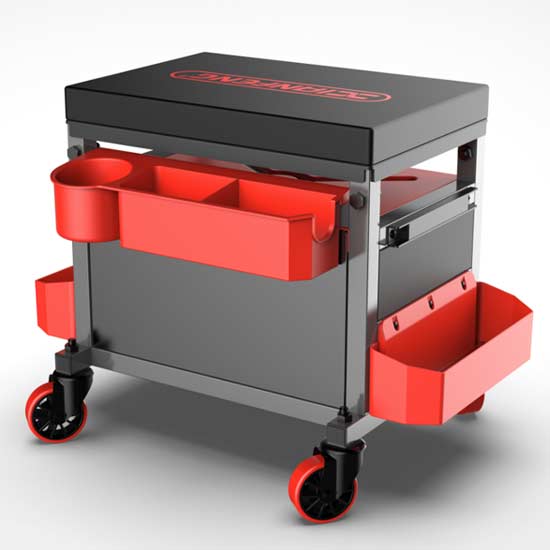 Tool seat
Tool seat
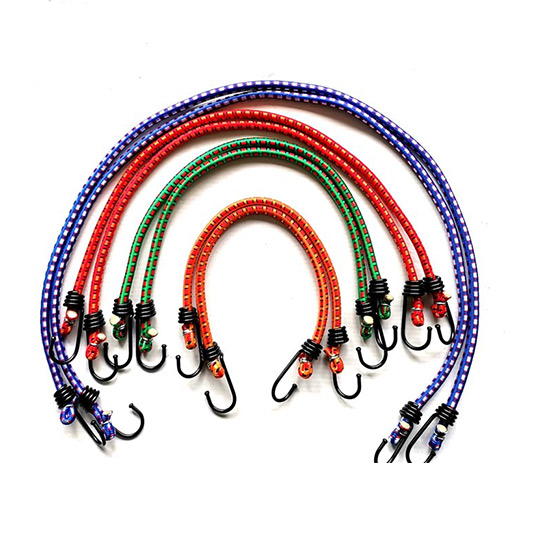 Stretch Cord
Stretch Cord
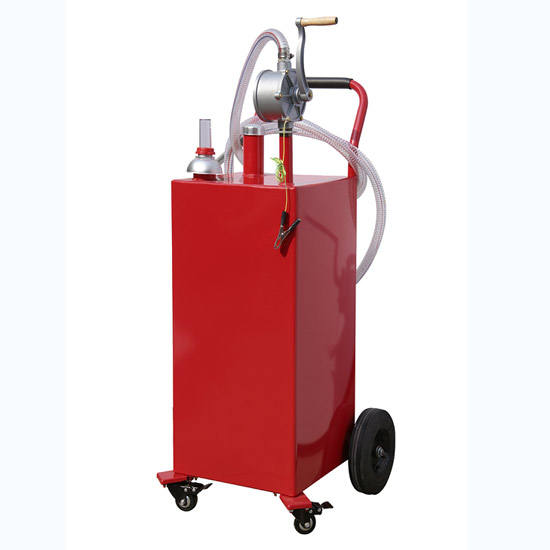 Oil Pump
Oil Pump
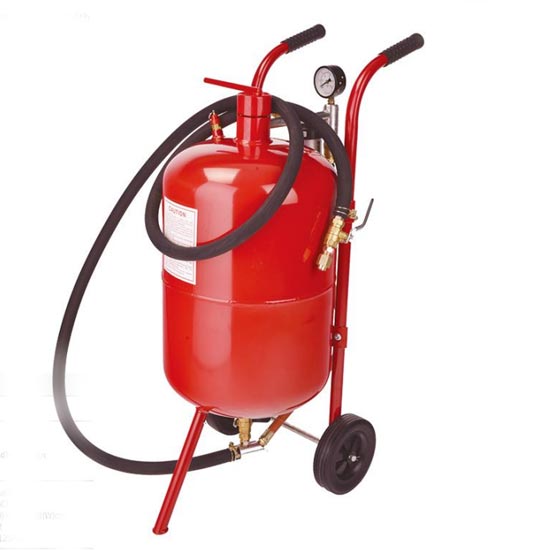 Sandblast Pot
Sandblast Pot
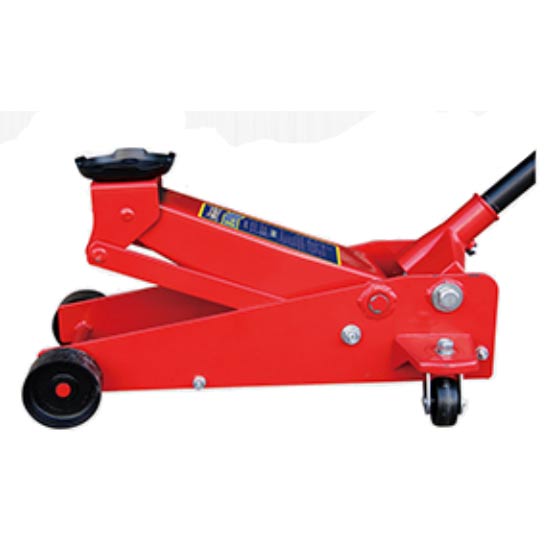 2.25 Ton Hydraulic Floor Jack
2.25 Ton Hydraulic Floor Jack
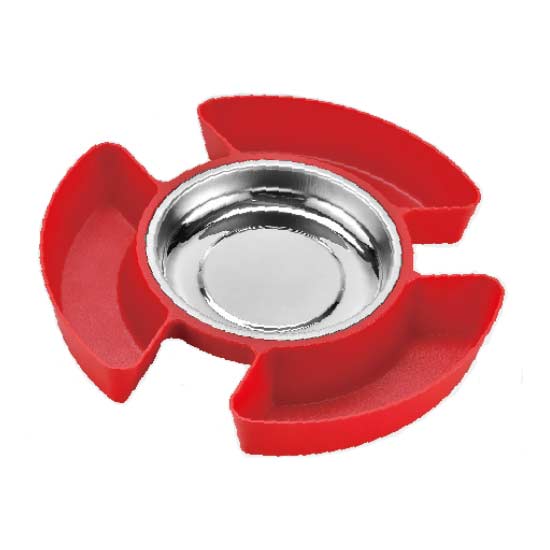 Magnetic Tray With Tool Plate
Magnetic Tray With Tool Plate
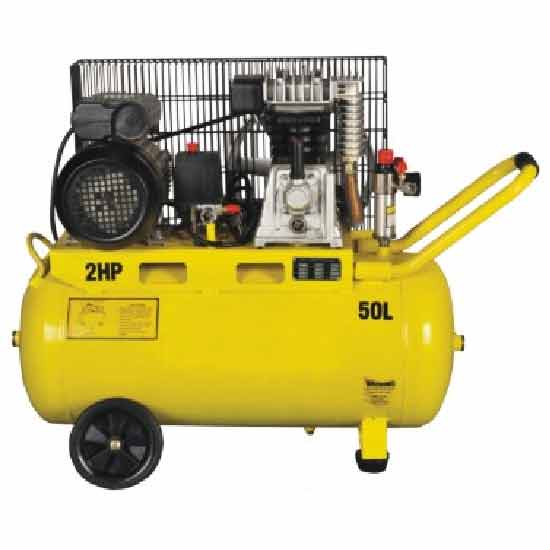 Single-stage Air-cool Movable Air Compressor
Single-stage Air-cool Movable Air Compressor
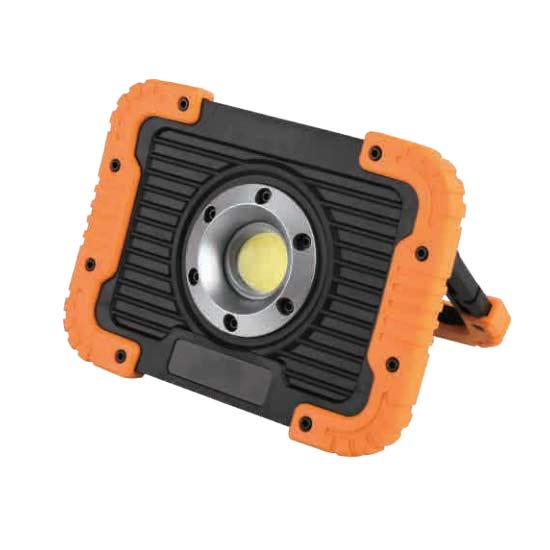 10W Rechargeable Led Flood Light
10W Rechargeable Led Flood Light
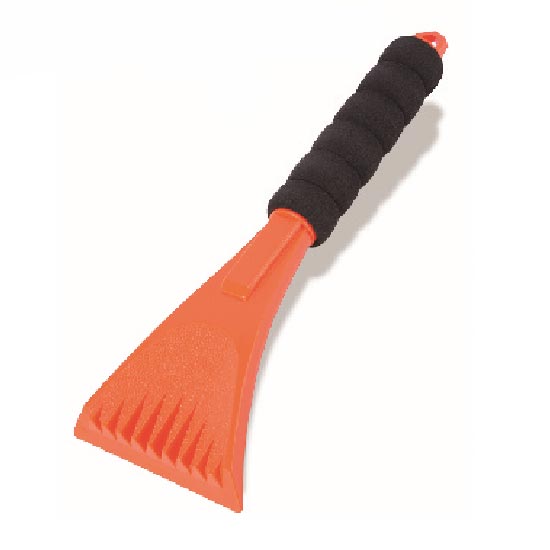 Ice Scraper
Ice Scraper
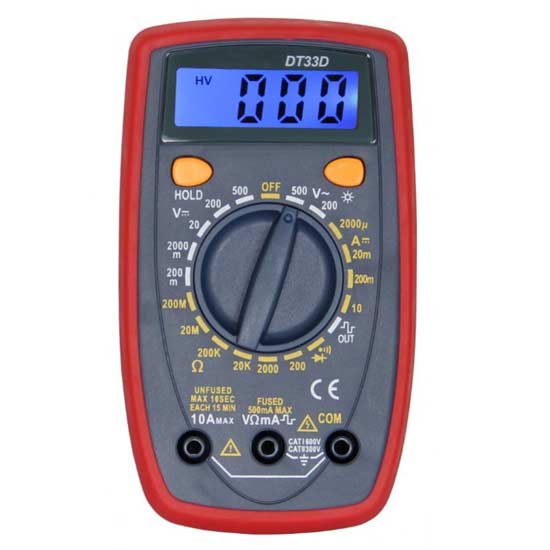 Small Multimeter with Backlight
Small Multimeter with Backlight
 Jump Starter With 4 Led Lights
Jump Starter With 4 Led Lights
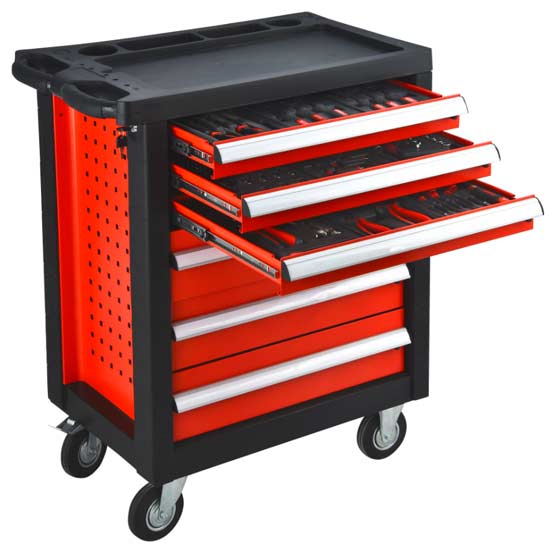 Steel Tool Cabinet
Steel Tool Cabinet
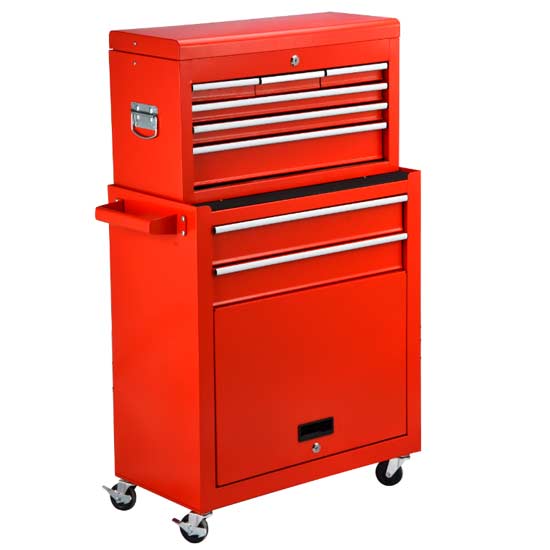 Large Tool Cabinet
Large Tool Cabinet
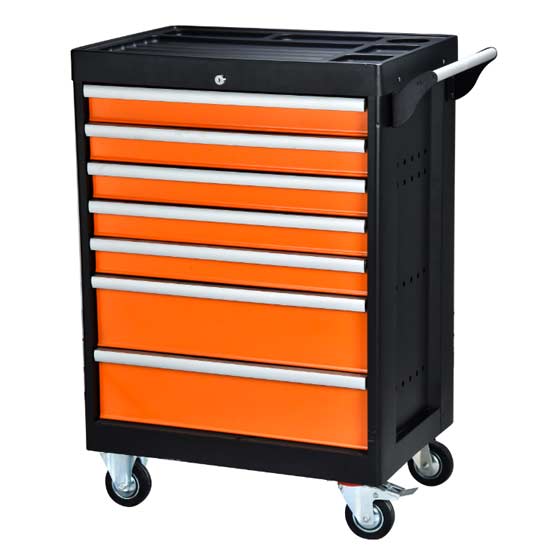 Tool Storage Cabinet
Tool Storage Cabinet
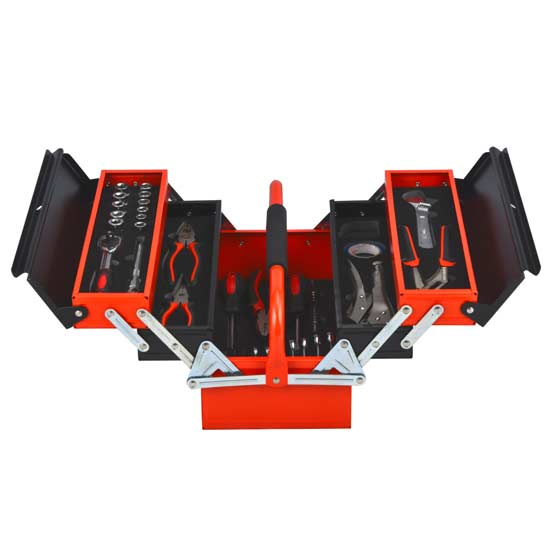 Metal Tool Box
Metal Tool Box
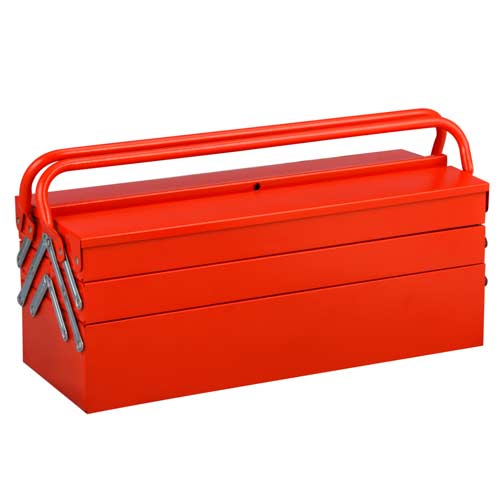 Large Metal Tool Storage Box
Large Metal Tool Storage Box
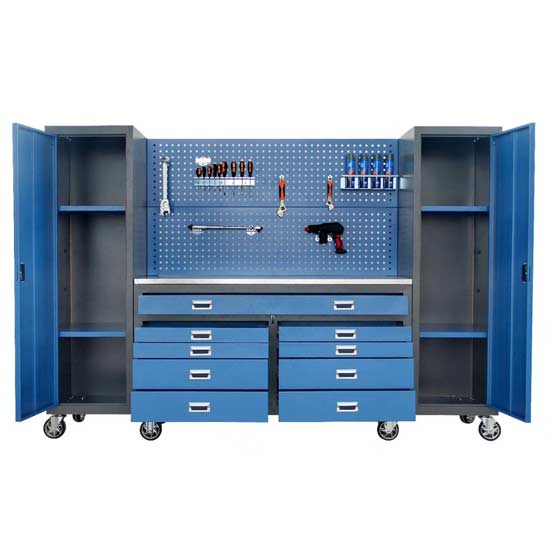 Blue Metal Tool Cabinet
Blue Metal Tool Cabinet
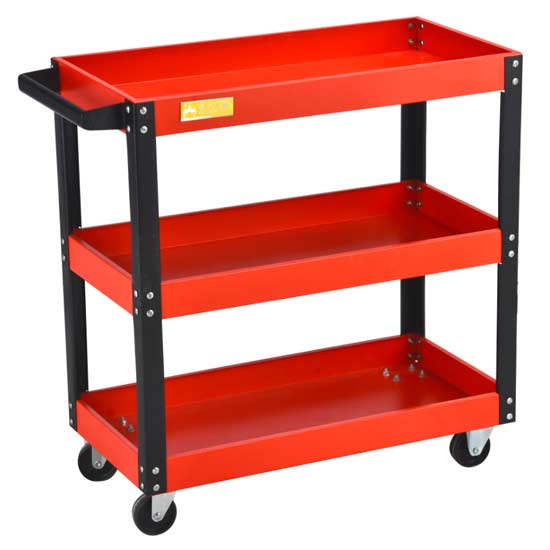 Red Steel Tool Trolley
Red Steel Tool Trolley
 Portable Tire Inflator
Portable Tire Inflator
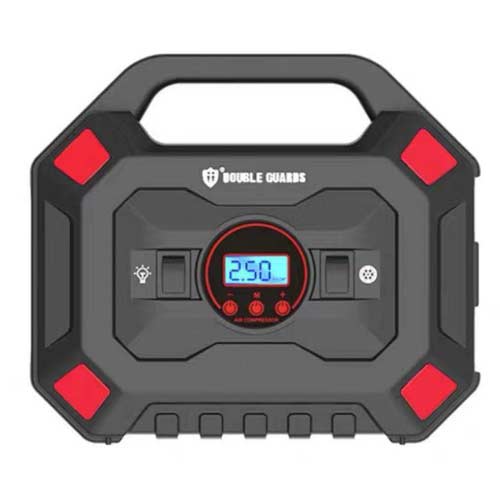 Custom Tire Inflator
Custom Tire Inflator
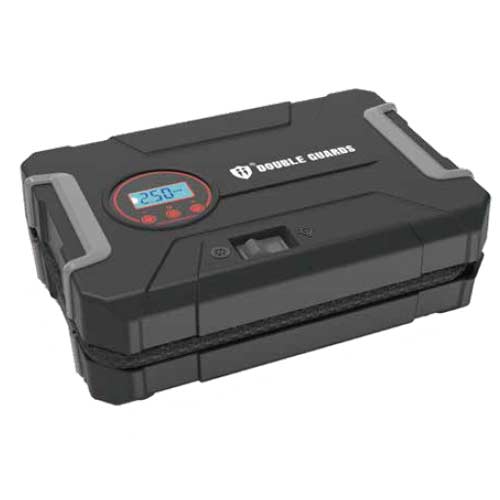 Tire Pressure Pump
Tire Pressure Pump
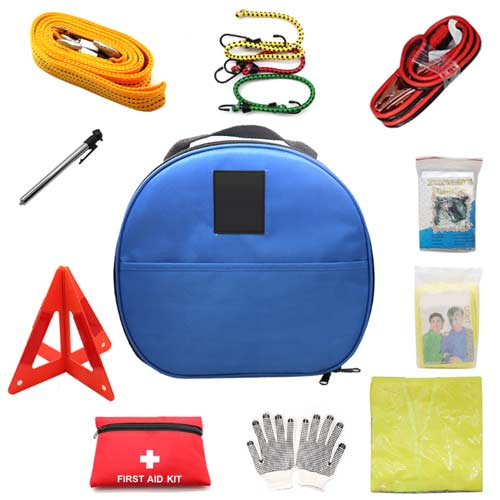 Auto Emergency kit
Auto Emergency kit